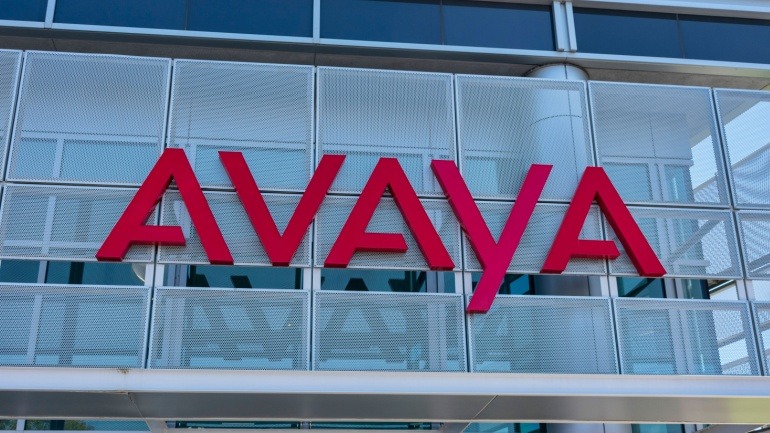BT Group is expanding its Global Fabric services through collaborations with Equinix and Optiva, significantly enhancing its network reach. The Global Fabric platform connects enterprises to rapid computing services, revolutionizing access to cloud-based solutions.
The introduction of the virtual phone system has resulted in a massive leap forward for business communications. For many years, the hardware telephony system, primarily the on-premise Private Branch Exchange (PBX), was the gold standard for handling phone calls. These systems, while effective in the past, come with the disadvantages of significant hardware costs, complex setups, limited capabilities, and burdensome maintenance requirements. The combination of VoIP and the virtual phone system has taken business communications by storm, and the relevance and practicality of traditional PBX hardware has come under intense scrutiny. This inflexible system is reliant on unwieldy physical infrastructure and is rapidly being replaced by agile, cloud-based solutions that offer cost savings, flexibility, scalability and increased productivity. In this article, we will explore the major advantages of virtual phone systems over legacy platforms. This comparison will clearly illustrate why so many businesses are ditching their hardware, moving to cloud…
Chunghwa Telecom and Ericsson have unveiled an advanced 5G network slicing solution, enabling enterprises to activate customized network slices on demand. This innovation enhances network performance, flexibility, and efficiency for critical operations.
Apple’s iPhone C1 modem chip marks a major shift in reducing reliance on Qualcomm, targeting an 80% cut by 2026. The 4nm modem, debuting in the iPhone 16e, enhances network performance but lacks mmWave 5G.
Telstra’s collaboration with Ericsson is set to redefine Australia’s telecommunications through the launch of a 5G Advanced network, offering bespoke connectivity and innovative applications. The integration of Ericsson’s Open RAN-ready hardware and AI automation enhances network efficiency and reliability.
The Next Generation Mobile Networks Alliance (NGMN) has unveiled a transformative roadmap towards 6G. This framework addresses current 5G challenges, emphasizing a seamless evolution that integrates cutting-edge technologies.
T-Mobile US is transforming into a dynamic tech company through a partnership with Red Hat’s OpenShift Platform. This shift enhances T-Mobile’s private cloud capabilities and operational efficiency.
In a groundbreaking move for the telecommunications sector, e& enterprise has forged a strategic partnership with PayPal. This collaboration enhances e& enterprise’s digital payments platform, empowering businesses by integrating seamless PayPal solutions.
Avaya is shifting its cloud strategy to focus solely on large enterprises, requiring a minimum of 200 agent seats for its Avaya Experience Platform (AXP). The company is also discontinuing key features and services, aligning with its broader restructuring.
Ericsson, Dell, and Red Hat are advancing Open RAN by innovating on O-RAN standards, focusing on interoperability and cloud-native solutions. Their collaboration on the O2 interface enhances seamless multi-vendor integration, ensuring efficient network management.













